The Science Behind Herbal Infusions

Herbal infusions may seem simple, a handful of herbs and a splash of liquid, but there’s more to the process than meets the eye. Extracting the beneficial properties of plants isn’t magic; it’s science.
Understanding how cell walls break down, how different solvents work, and which factors influence extraction can help you make more effective, shelf-stable herbal remedies at home. In this post, we’ll explore the science behind infusing, how temperature, time, and solvent choice work together to draw nature’s best compounds into your preparations.
Science of Infusing
The cell walls of plants are made of a combination of cellulose, pectin, and lignin. Cellulose makes up the outermost layer, and lignin the innermost layer. The two layers are held together with pectin. Some plants, like trees, have more lignin in their cell walls than the pansies in our front garden.
Depending on the strength of the cell walls, mechanical breaking might be necessary in addition to the time needed, with the right solvent, to break the walls down enough to release the constituents inside.
Different classes of constituents are drawn to different solvents. Knowing how much each class loves or abhors water will determine which solvent will work best. Let’s start with how each of the solvent types works.
How Different Solvents Work
Water holds a slightly negative charge to it. Meaning that constituents that have a slightly positive charge are very attracted to water.
Oil is the opposite. All of the constituents that absolutely abhor water, they love to snuggle into the cocoon that repels water.
Glycerin is the backbone that holds the tails making up our fat molecules. When it is isolated, it is thick and a little sticky. Despite it being a part of fat, it acts very much like water when it comes to the types of constituents it draws out.
Alcohol is sometimes called the universal solvent in the natural healing world. This is due to its ability to extract both water-loving and oil-loving constituents. How much of the spectrum of constituents is extracted depends on the plant material used and the proof of the alcohol.
Vinegar and honey both draw out the water-loving constituents. Vinegar will pull out more of the constituents that love acidic environments.
Regardless of which solvent is used, they all use osmosis and diffusion.
All cells have passive channels that allow fluid to move in and out of them. When we drop a plant material into a solvent, especially if its been dried, then fluid enters the cells through these passive channels. Because the constituents inside the cells are greater than the fluid around them, fluid continues to enter the cells until the cell wall breaks.
Once the cell wall is broken, it is easier for the constituents to start diffusing, or spreading out, into the fluid sill surrounding the cell. Even with the cell walls broken, it still take a while for the constituents to spread out in the solvent.
Making herbal infusions is a labor of love. It takes time to make remedies that are both effective and shelf stable. However, there are a few techniques that can help speed up the process a little.
Main Factors that Affect the Infusing Process
Temperature:
Using heat can speed up the infusion process. It’s often why we boil water to pour over our tea bags. Five to ten minutes later, we have a strong cup of our favorite herbs. However, this only holds true for select infusions. Heat can actually be detrimental to the process for others.
Knowing how much heat to use, or not, depends on which constituents you are hoping to infuse in your solvent, as well as the solvent being used. For example, warming an oil infusion of frankincense in a water bath set at 100°F, to extract the resin, can speed up the infusion process from months to a couple of weeks. For an alcohol infusion meant to capture a heat-sensitive constituent like anthocyanin (a flavonoid that gives fruit its color), it is better to set the jar in a cool place.
Surface Area:
Keeping herbs in their whole state is great for preservation. However, if we don’t want our infusions to take forever then we need to increase the surface area. This means breaking down the herb by mechanical means. If the herb is fresh, using a knife or scissors to cut them into smaller pieces. For dry herbs, it might be using a mortar and pestle to crush the herbs into small parts, but not necessarily into a powder.
Some herbs will have already gone through this process (barks and roots), because once they are dry, the only way to break them apart is to use a powerful mill. Spice grinders can be used to powder herbs, which gives you the most surface area. However, trying to strain out powdered herb when the process is complete is harder than cut and sifted herb. Use of powdered herb is best when the intent is to leave the herb in the chosen solvent.
Type of Solvent:
Solvents like water, alcohol, and vinegar will be some of the quicker extracting solvents. This is because they are not as thick, or viscous, as oil, glycerin, and honey. Knowing what constituents you want, since different constituents cause different reactions in the body, will also determine which solvent is best. A breakdown we’ll cover in just a moment.
But if we wanted to, let’s say, capture volatile oils (the constituent that gives the plant its smell), water would not be the solvent to use. If we wanted to extract mucilage (a slimy substance) from marshmallow root, we would not use oil.
Time:
Time is the one factor that is stubborn to manipulate beyond what temperature, surface area, and the intentional choice of solvent allow. With the exception of water, it takes the other solvents a minimum of two weeks to get the most out of the herbs.
Picking the Right Solvent
So, how do we choose the right solvent?
Water can be used with fresh or dry plant material. This solvent allows for the quickest extraction, but also has the shortest shelf-life. Water extractions last up to 48 hours if stored in the fridge.
Glycerin can be used with fresh or dry plant material. It extracts the same constituents as water, and acts as its own preservative. Shelf life is 1-5 years.
Alcohol is probably the most powerful of all the solvents because it extracts both water- and fat-loving constituents. It can be used with fresh and dry herbs, but the amount of water in the herb will determine which proof (alcohol percentage) needs to be used. Fresh herbs are best infused in 180 proof alcohol (95%). Shelf life is 3-5+ years.
Oil is best used with dried herbs. Fresh can be used, but the infusion requires more attention than “mix and forget”. Excellent for capturing essential oils and preserving heat-sensitive compounds. Shelf life is 6 months – 3 years.
Vinegar can be used with both fresh and dried herbs. Perfect for creating mineral-rich formulas or fire ciders. Shelf life is 6 months – 1 year.
Honey is best done with dried herbs. Extracts water-loving constituents. Wonderful sugar replacement option when making syrups. Shelf life is 1-2 years.
To learn a little more about each solvent, check out our Herbal Extractions (with any herb) blog!
Below is a list of the constituents that each solvent extracts.
Water Polyphenols (flavonoids, phenolic acids, tannins), Alkaloids (salt form), Glucosinolates, Saponins, Polysaccharides, Mucilage, Amino acids, Proteins, Sugars, Organic acids, Minerals, water-soluble Vitamins
Oil Terpenes/Terpenoids, Resins, Waxes, Volatile (essential) oils, Fatty acids, Sterols, fat-soluble Vitamins, Carotenoids, Chlorophyll, Alkaloids (some), cannabinoids
Glycerin Polyphenols, Chlorophyll, Saponins, Mucilage, Polysaccharides, Alkaloids (salt form), Organic acids, Minerals, water-soluble Vitamins, Catechins, Epigallocatchin gallate [EGCG]
Alcohol Alkaloids, Polyphenols, Resins, Balsams, Volatile oils, Saponins, Glycosides, Waxes, Fats, Starches and Sugars (limited), Vitamins and Minerals (some)
Vinegar Minerals, Alkaloids (salt form), Organic acids, Polyphenols (lesser extent), Tannins, water-soluble Vitamins
Honey Polyphenols, Terpenoids, Coumarins, Lignans, Alkaloids (salt form), Organic acids, Saponins, Vitamins, Minerals, Enzymes, Glycosides
Here are a couple of examples of why we use different solvents.
Our Liver Love is a perfect example of using two different solvents, despite the herbs remaining the same. The difference? Taste and maybe a slight nuance in how the herbs work in the body. Using glycerin isn’t just for kids. There are many adults who don’t like the taste of, or can’t have, alcohol, which makes glycerin a great option. As for the minor differences in action, that’s only because glycerin cannot extract some of the fat-loving constituents like alcohol can. Remember how I talked about heat sensitive constituents? Wild Cherry Bark has one such constituent. Here’s how to make a natural cough syrup without losing the part that drives it all.
Other Infusion Tips
Now that you’ve chosen your solvent, and your herbs are ready to be added, here are a couple more tips to make the most out of your infusion journey.
- When starting your infusion, always, always, label your container with what it is in it and the date you started it.
- For vinegar infusions, put a piece of unbleached parchment paper between the base and lid of the jar. This provides a protective barrier for the rubber seal, so the vinegar doesn’t cause it to break down.
- Store water infusions in the fridge up to 48 hours.
- Store all other infusions in a cool, dry, and dark place. Additional moisture and light can cause unwanted microbes to grow where you don’t want them to.
- Be sure to shake your infusions twice a day. The herbs will settle, and shaking ensures that all plant surfaces remain in contact with the solvent.
- When your infusions are complete, store them in dark amber glass. This is the best of all the colored glass in making sure your medicine doesn’t expire before its time.
- A good rule of thumb to keep in mind is to only make what you will use in 1 year. Anything more than that isn’t necessary.
By following these simple tips, you’re not just making an infusion, you’re honoring the natural processes that bring out each plant’s best. Every step turns your preparation into a thoughtful connection between you and the herbs, bridging tradition and science. Each solvent plays its own role, drawing out a unique spectrum of constituents that work with the body in different ways. By understanding these natural processes, we move beyond the idea that herbal remedies are “magic” and step into an appreciation for the chemistry that makes it all possible. No matter what solvent you choose, every infusion becomes a reminder that true wellness begins with understanding what the earth already provides.
Check out these products!

To support healthy liver function
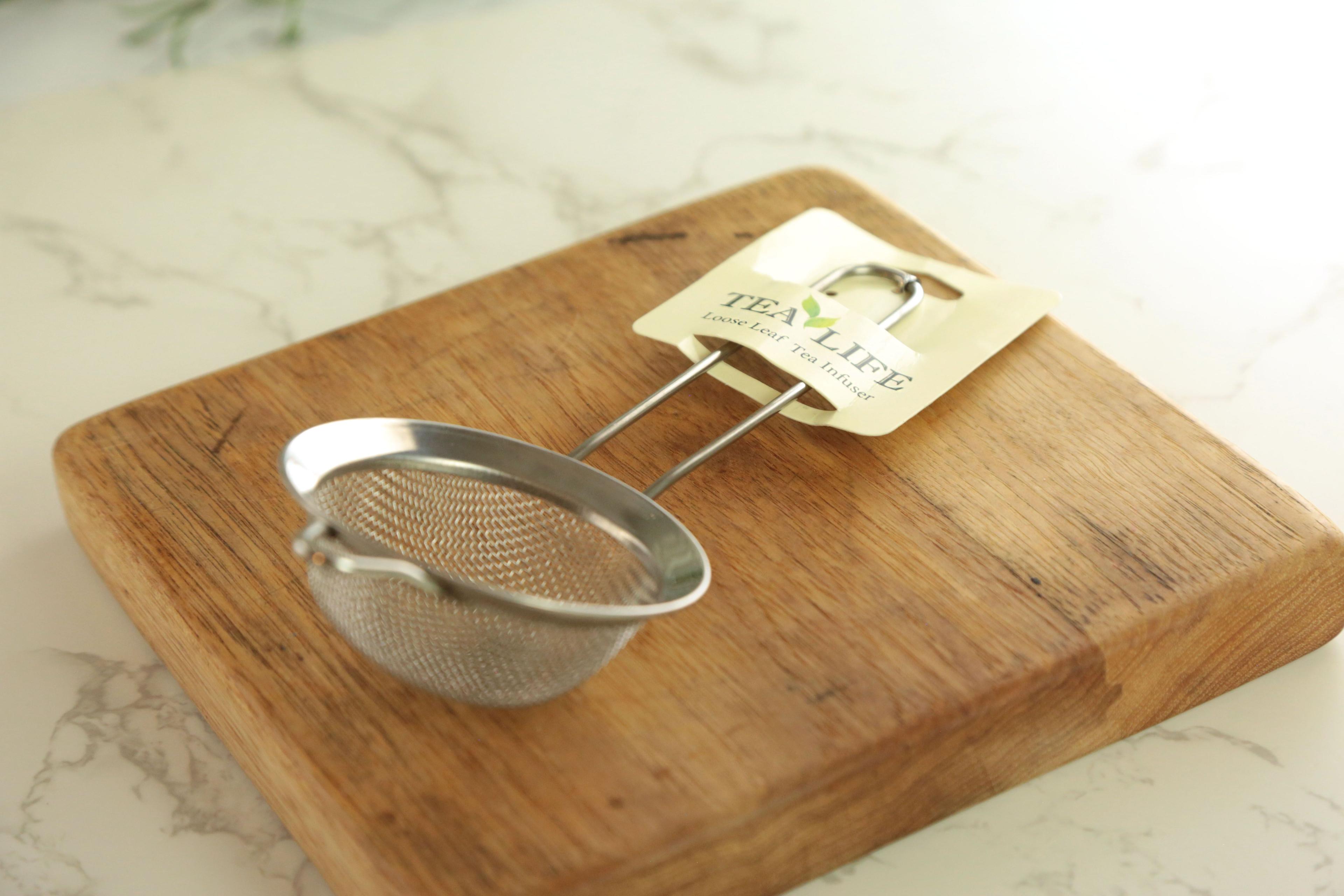
Make your tea even easier to clean up after

Supports digestive health and helps maintain a balanced microbial environment. Supports oral hygiene.
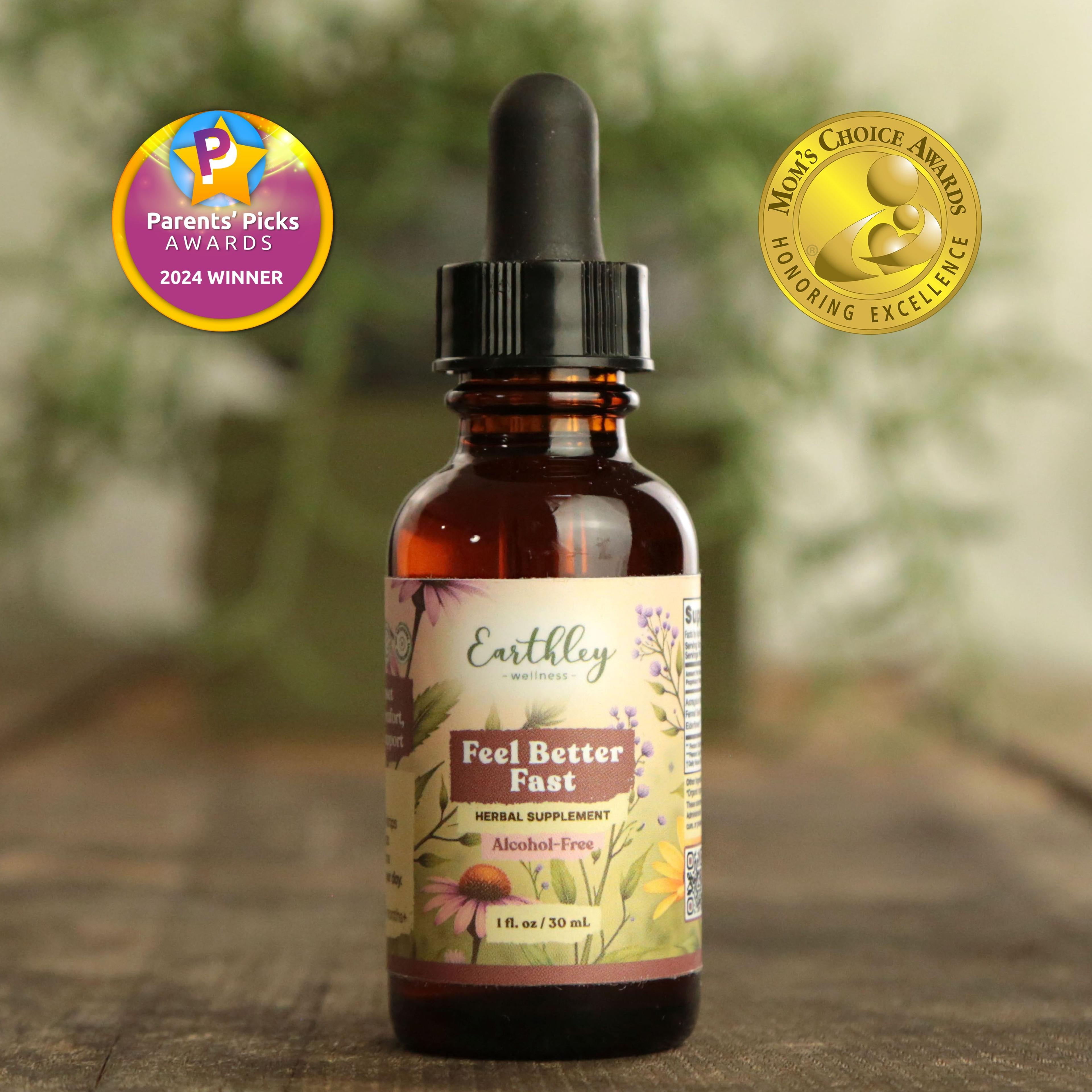
For fever, upset stomach, discomfort, and immune support
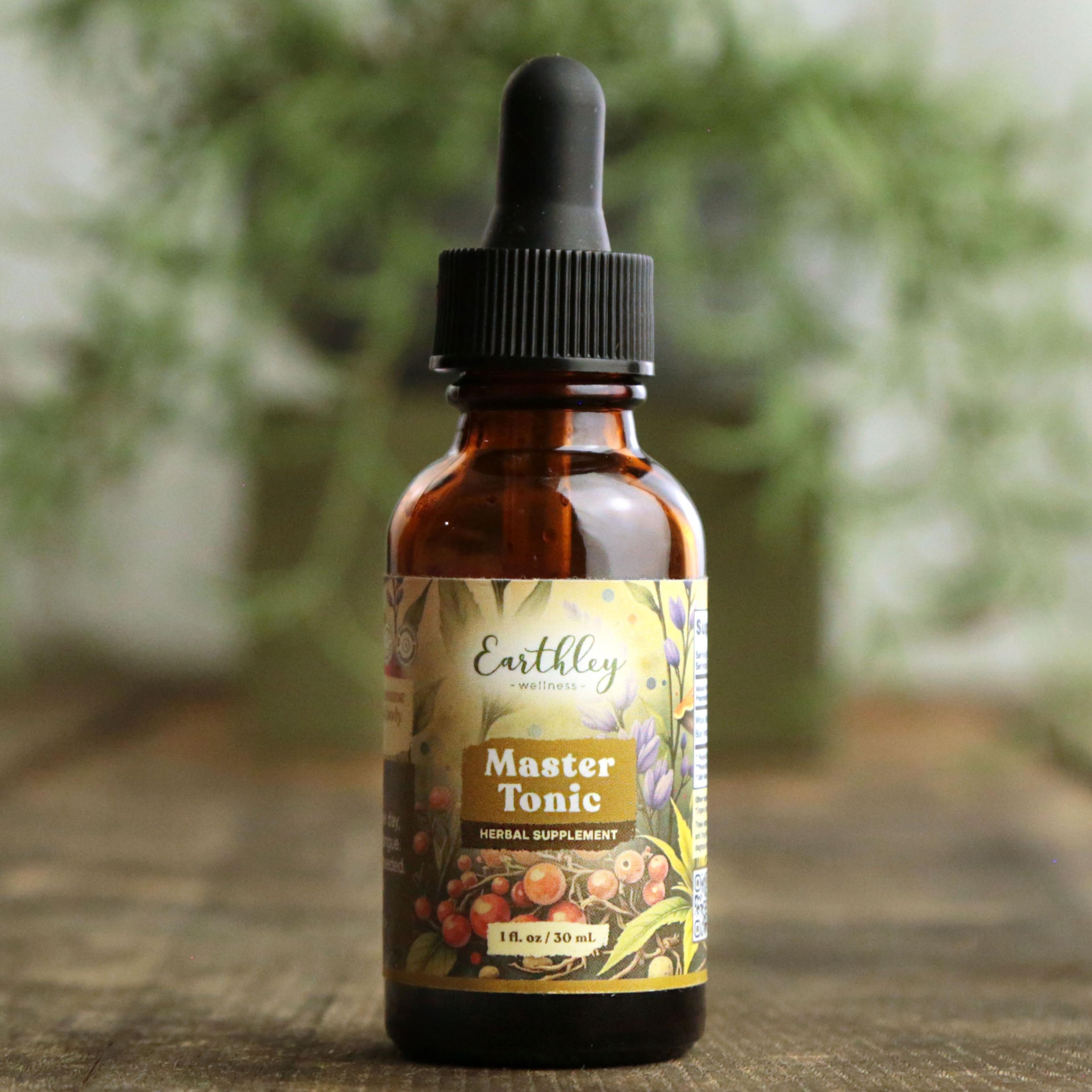
For adrenal and immune support, and total body wellness
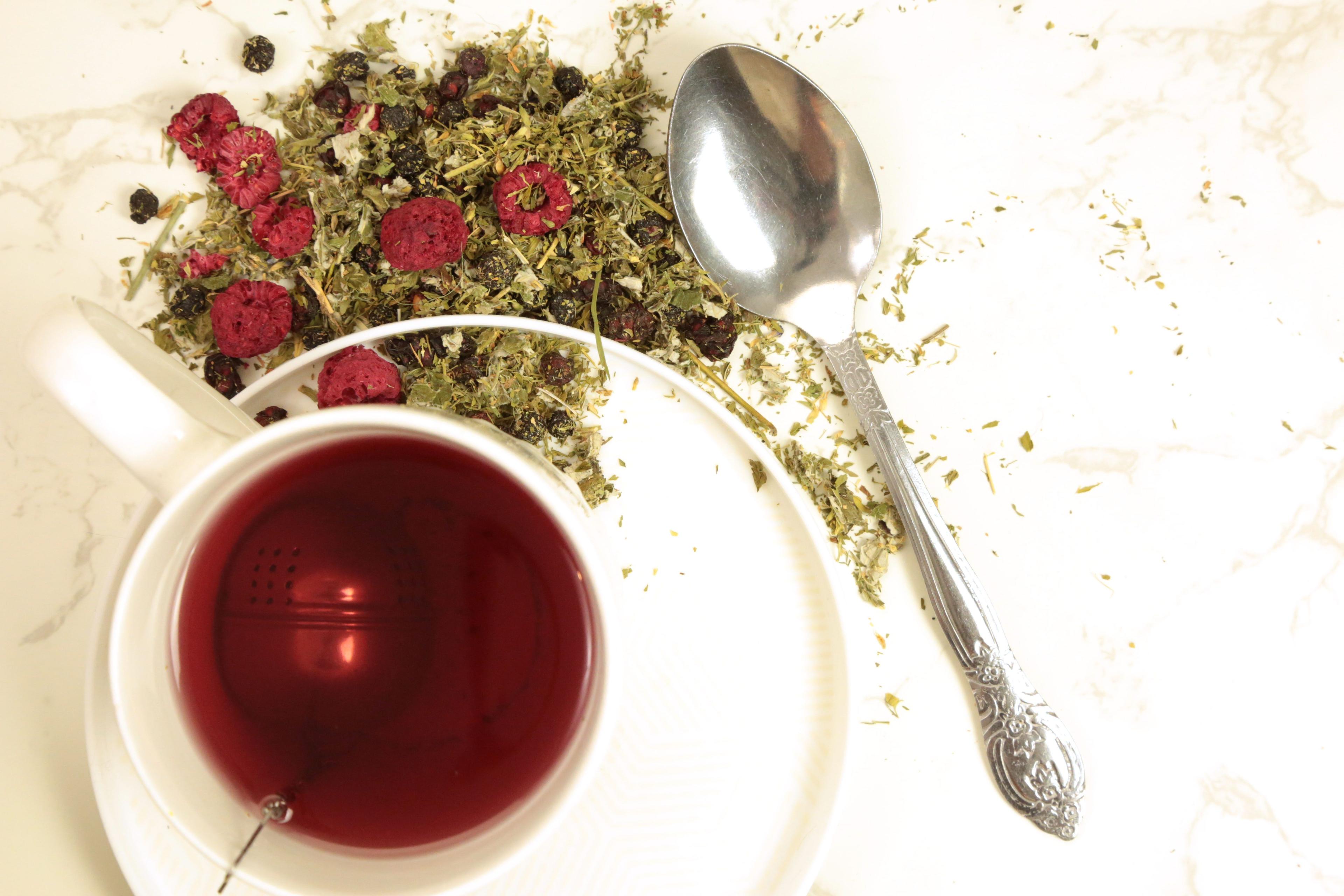
Supports a healthy hormone balance
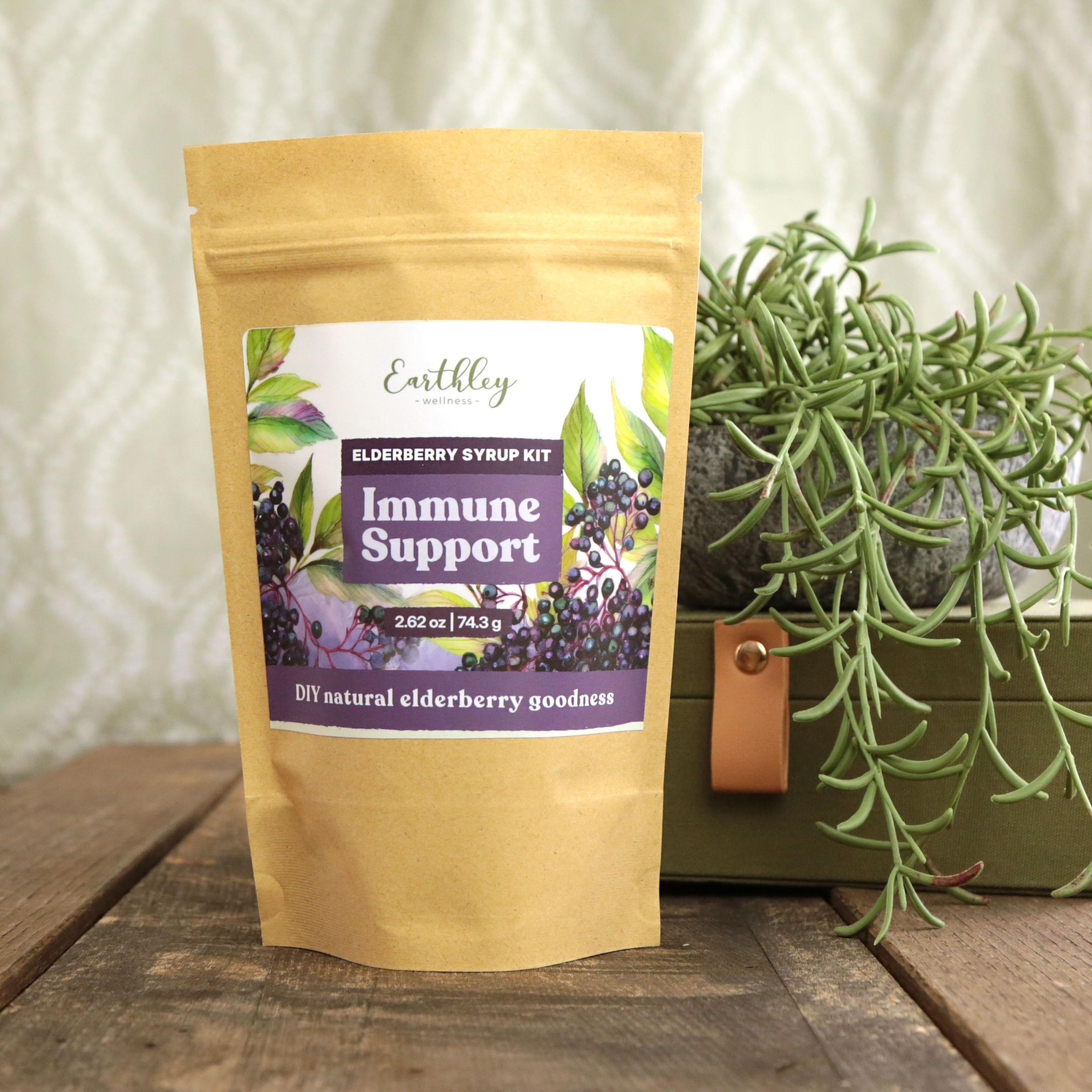
DIY natural elderberry goodness
